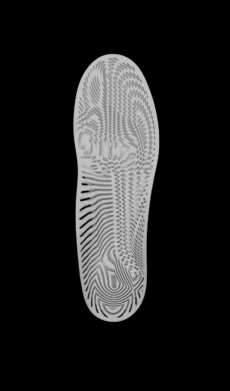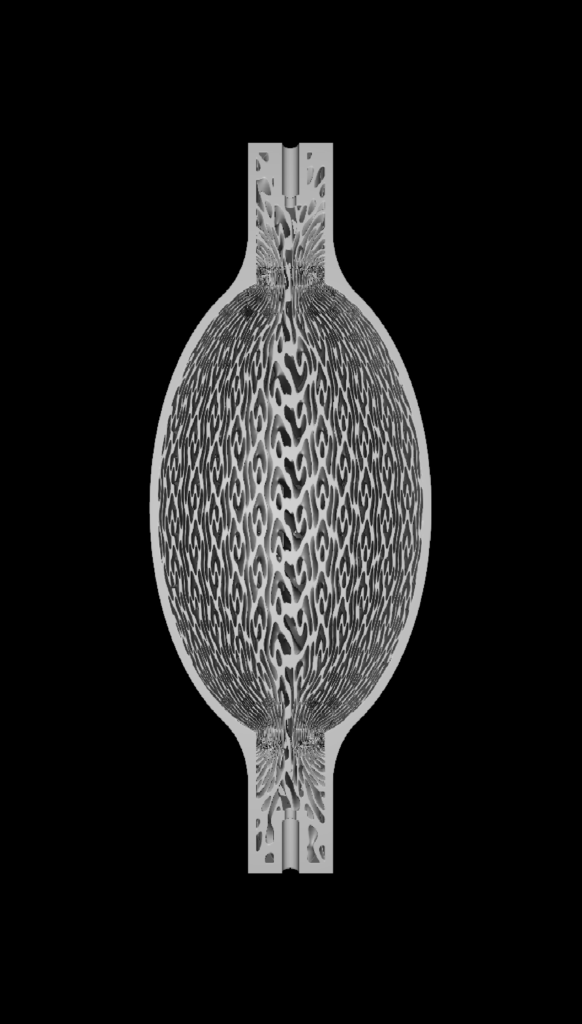Innovative design techniques inspired by nature and its evolution
Computational Design
It is a design mode that has been spreading recently.
Similarly to Generative design, it is a technique that incorporates different methodologies, but mainly involves the computation aspect, therefore the use of practices more in line with the world of programming than with the use of classic engineering software. For this reason, these techniques are also applied to the world of architecture.
A technique that has been used for some time is parametric design, both in style and functionally when it comes to architecture. When the variables can be controlled by mathematical functions or by the output of FEM analysis, CFD, pressure mapping the possibility of using computational design for engineering purposes becomes evident, defining it in a different way as Field Driven Design or linking it to concepts previously expressed as multi-physics optimization.
Unlike some generative processes, this can be implemented through the use of implicit modelling, a tool that has been around for some time but rarely used for engineering purposes. Now through the new tools and design aids, it is possible to exploit it with considerable benefits as regards the control over geometries such as lattice structures or the modification/generation of hyper-complex shapes with a relatively low computational load.


Implicit modelling uses mathematical functions to describe solid bodies, not just volumes, surfaces, and spatial coordinates.
Many techniques are used by both generative and computational design but with different purposes and integration processes. The main distinction lies in the computational complexity, thus allowing us to have full control not only on small structures but also on large dimensions, without losing definition.
The real DfAM is therefore complex because it contains wide and different fields of study. The only way to apply it successfully is to have sensitivity and experience.
The conscious use of these tools, combined with engineering knowledge and experience on the machines is just our starting point.
Alongside the constant updating of the most advanced design techniques, we combine the most innovative research on the state of the art of technologies and material science.
PUNTOZERO
Design for Additive Manufacturing
Contact
- info@puntozero3d.com
